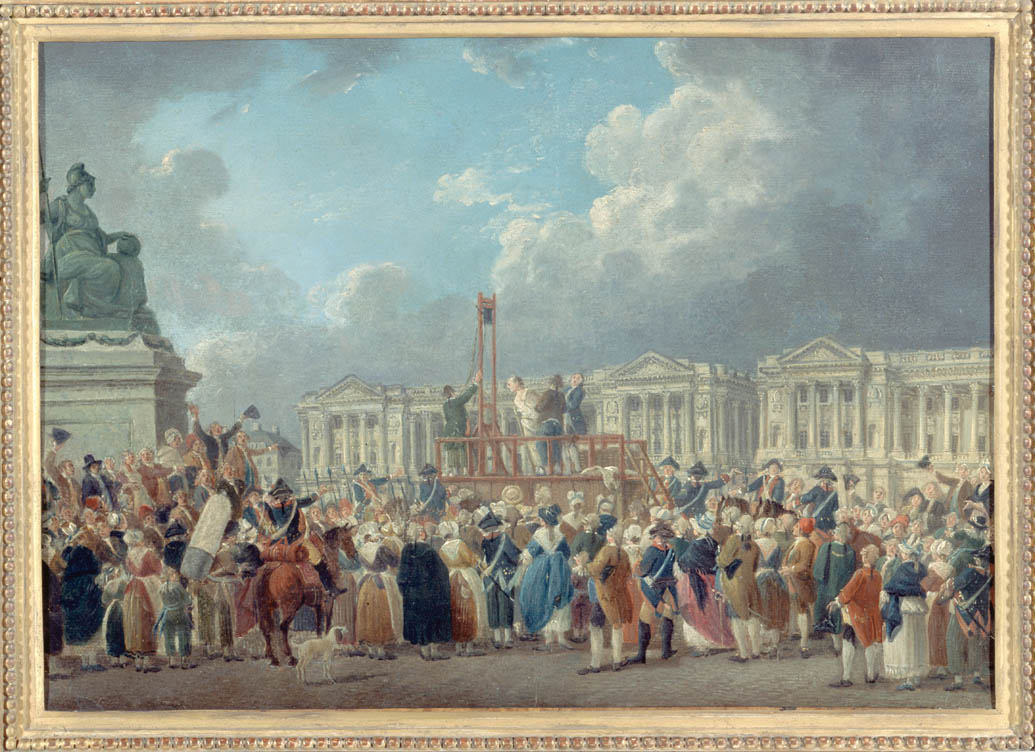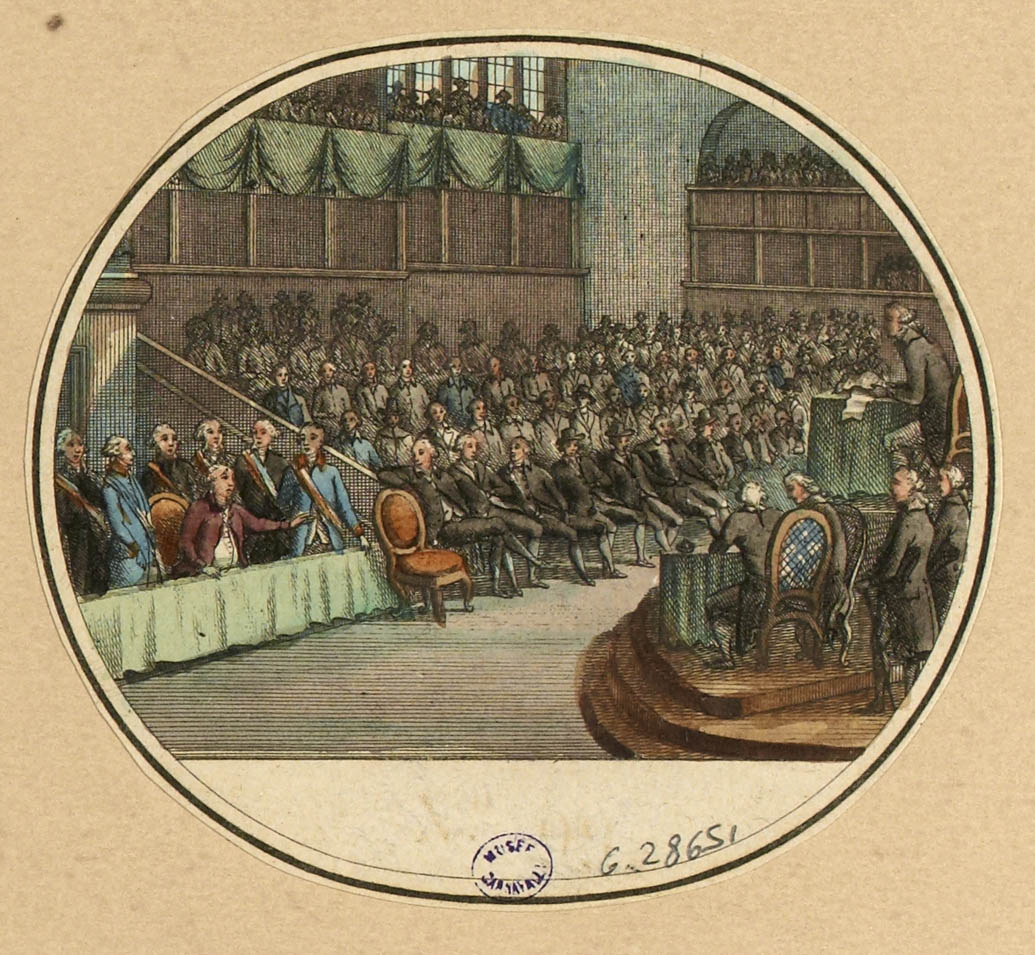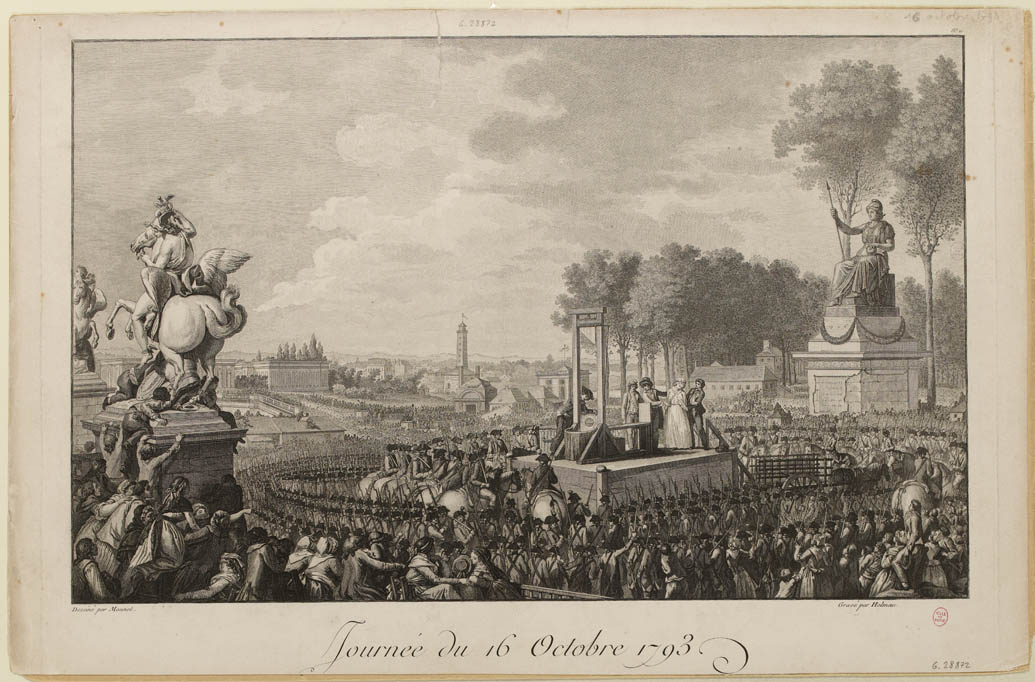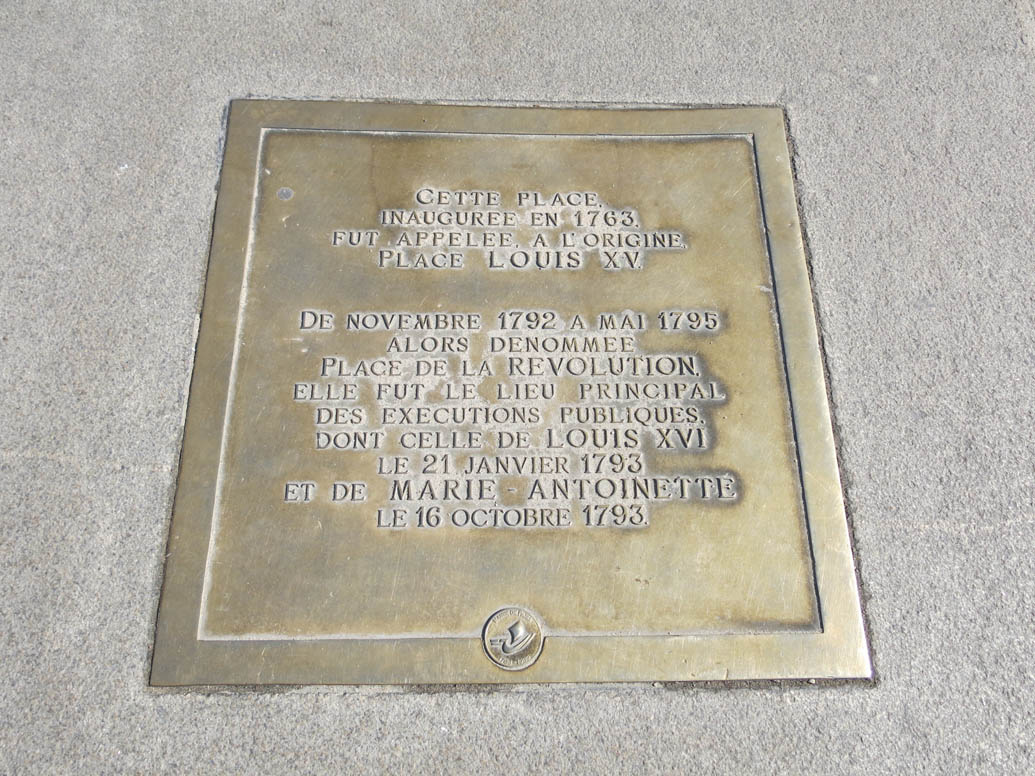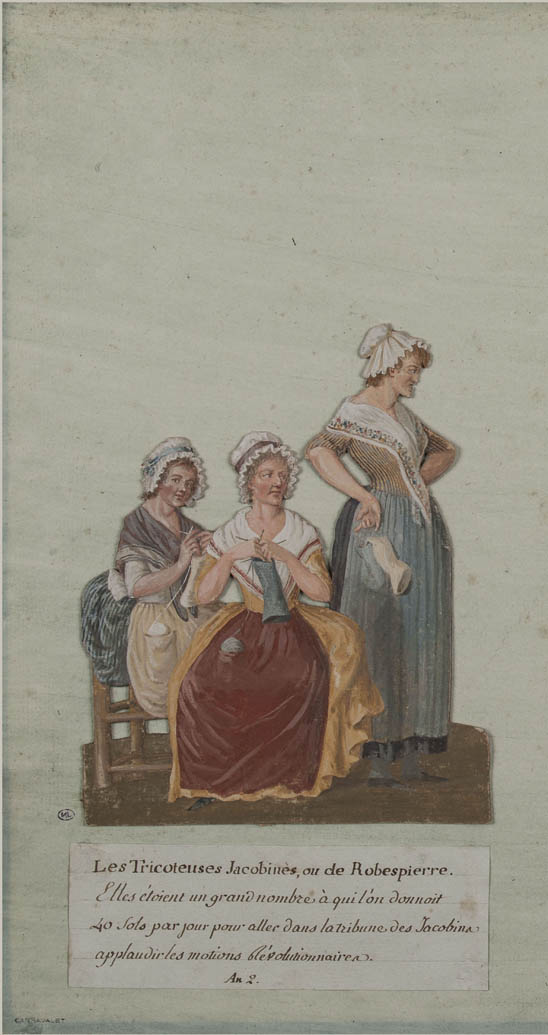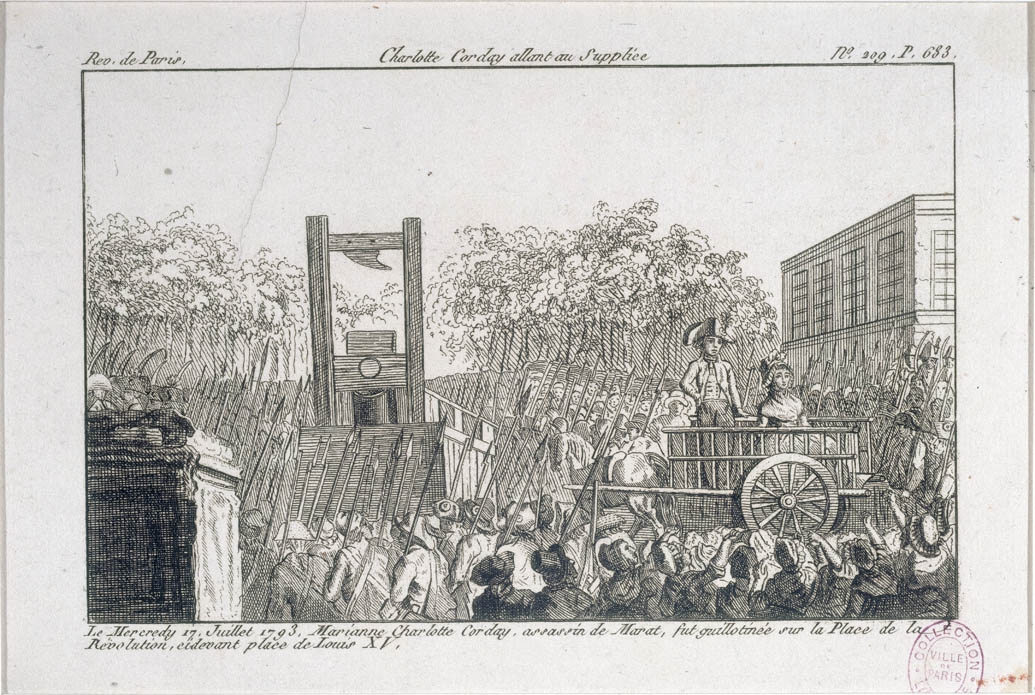The Guillotine
During the Revolution, the guillotine was continuously moved around Paris. It was first used on the Place de Grève and then the Place du Carrousel (near the Tuileries). It was then moved to the Place de la Révolution (currently the Place de la Concorde) from May 11, 1793 to June 9, 1794. More than a thousand people were executed here: Danton, Madame Roland, Charlotte Corday, Olympe de Gouges, Louis XVI, Marie-Antoinette and Robespierre. It was then removed from the center of the city to the Place de la Bastille and then the Place du Trône-Renversé (currently Nation).
Location
ItineraryRouen Statue, Place de la Concorde
Suggestion
The Place de la Concorde and its neighborhood
The Statue of Liberty: Revolutionary Origins
To find out more…
“Death to the tyrant!” Louis XVI’s trial
It was in the Riding Academy of the National Assembly, and not in the courts, where King Louis XVI attended his trial. On December 11, 1792, amidst an icy atmosphere, the king appeared before the Convention for the first time. If the trial officially ended on December 26th, the deputies’ long roll call vote concerning his sentence was announced on January 20, 1793. Louis Capet, the former King of France, was sentenced to death and executed the next day for having betrayed his subjects. This was not a first in Europe’s history: in 1649, Charles I, the King of England, had suffered the same fate.
A monarchist commemorative site: the Rouen statue
More often than not, the scaffold stood between the center of the square and the entrance to the Tuilieries gardens, near the Hôtel de la Marine. However, for Louis XVI, the location was changed: he was decapitated on January 21, 1793 on the other side of the square. The site, located near the Statue of the City of Rouen, is still well known by those nostalgic for the monarchy: they still gather here regularly in memory of the king’s death.
Citizens who knit!
In 1793, the Tricoteuses caused quite a scandal. Indeed, these women were known for knitting just below the scaffold, while attending the executions. For many, it was proof that they were monsters. The reality was much simpler. Excluded from voting and even participating in political assemblies, women involved in the Revolution tried to play a role everywhere they were tolerated: in the stands of assemblies, during celebrations, trials and even executions, which women, men and even children were used to attending since the Ancien Régime. Once seated, they quite simply continued their needlework so as not to lose a minute of their time.
The execution of Charlotte Corday
On July 17, 1793, the crowd who came to attend the execution of Charlotte Corday on the Place de la Révolution was exceptionally large. Totally unknown, this young women had just assassinated the journalist and Paris deputy Jean-Paul Marat in his bathtub, whom she held responsible for the violence and political repression. If many Parisians, who supported Marat, hated her, others admired her courage.


